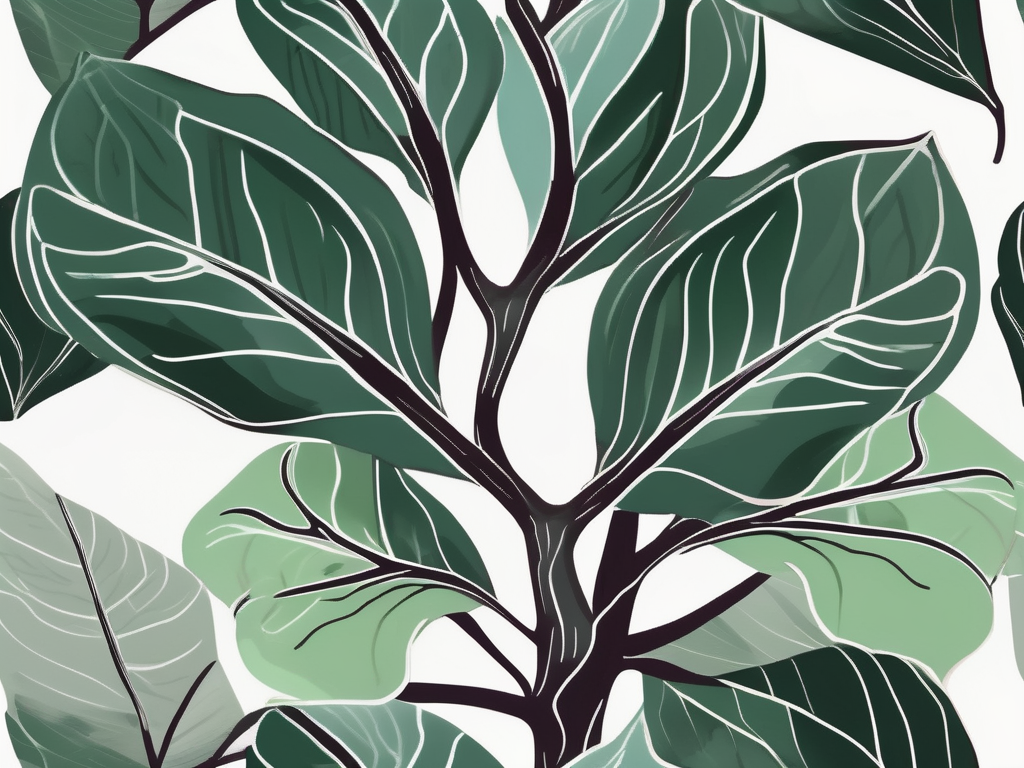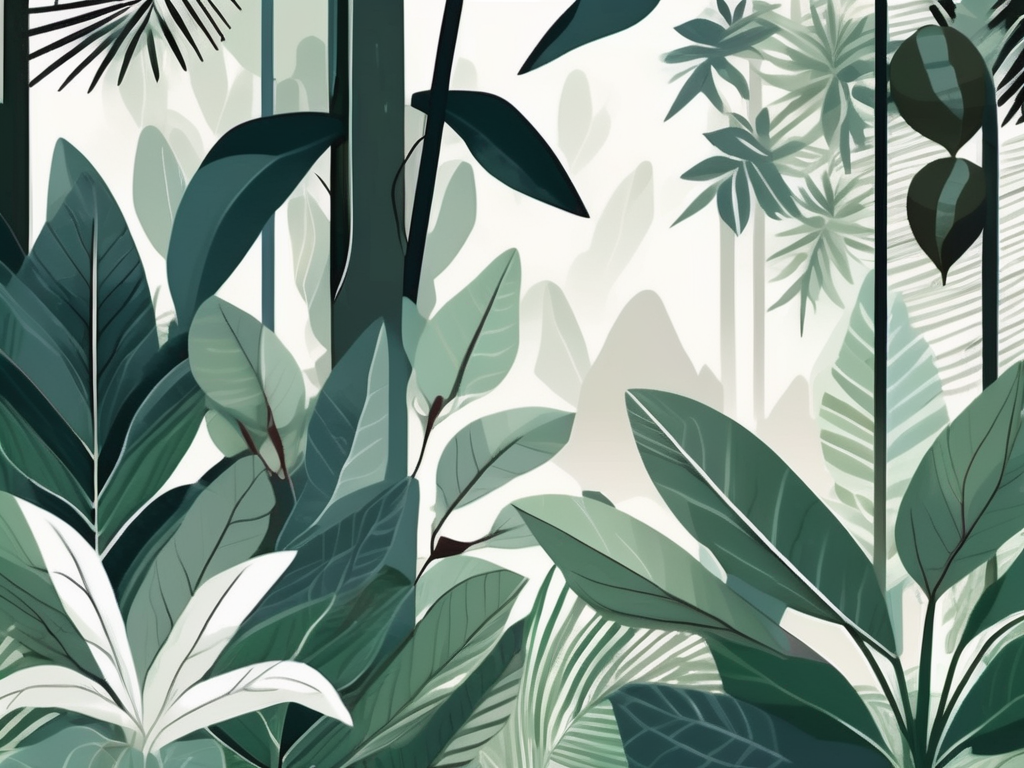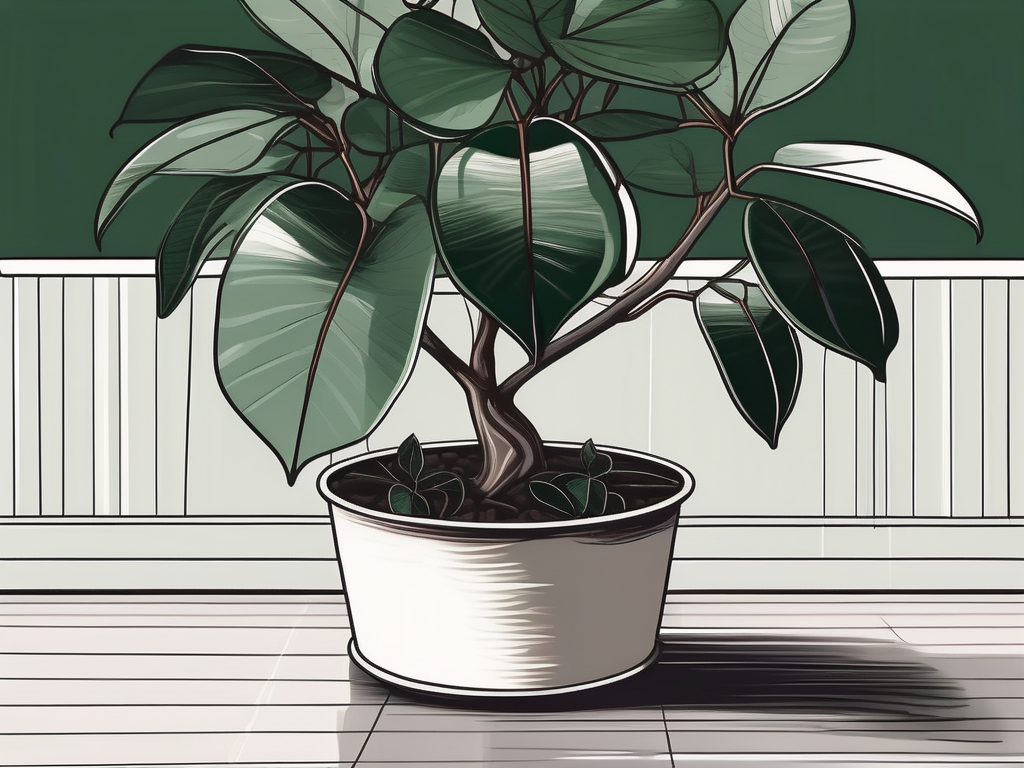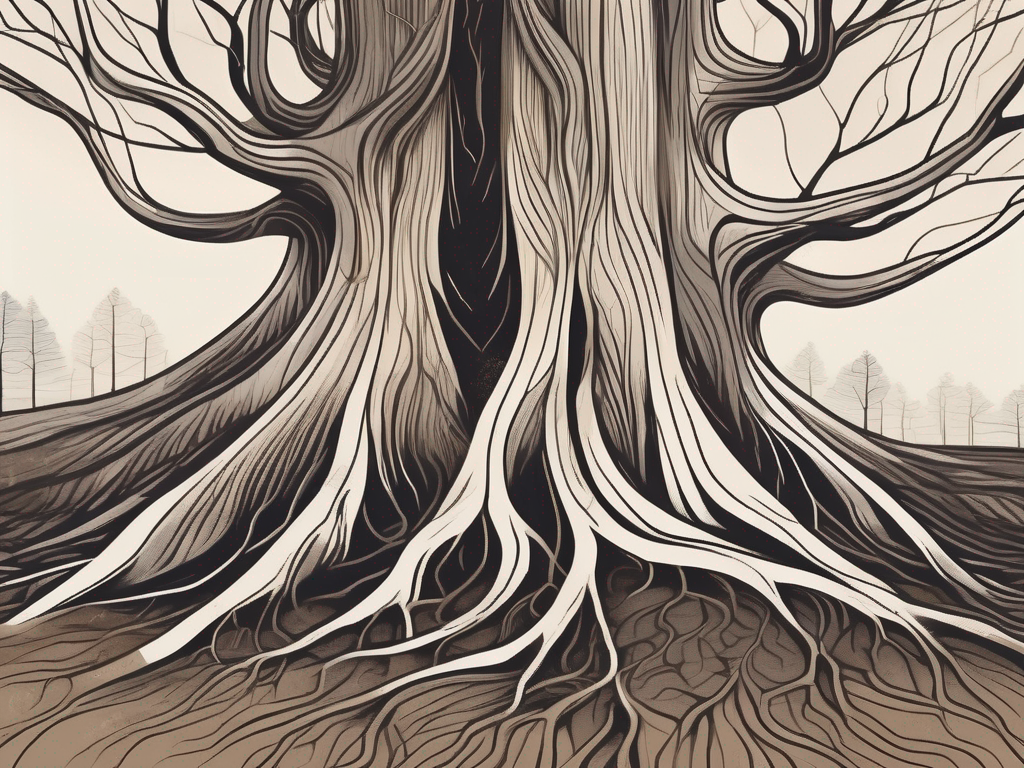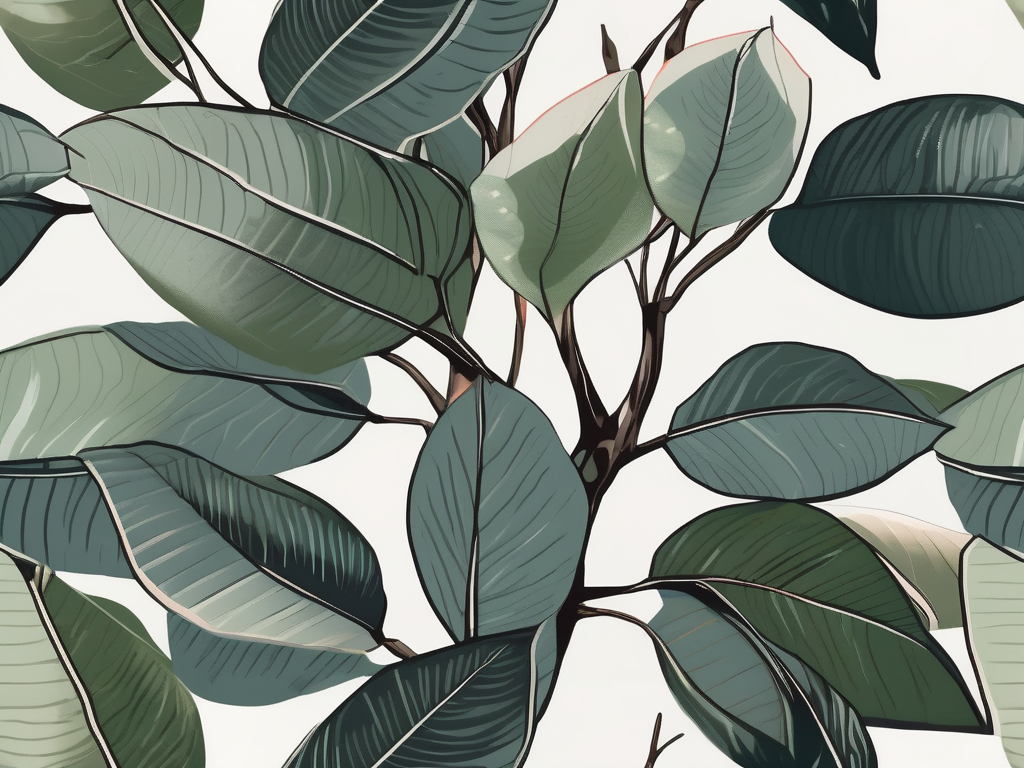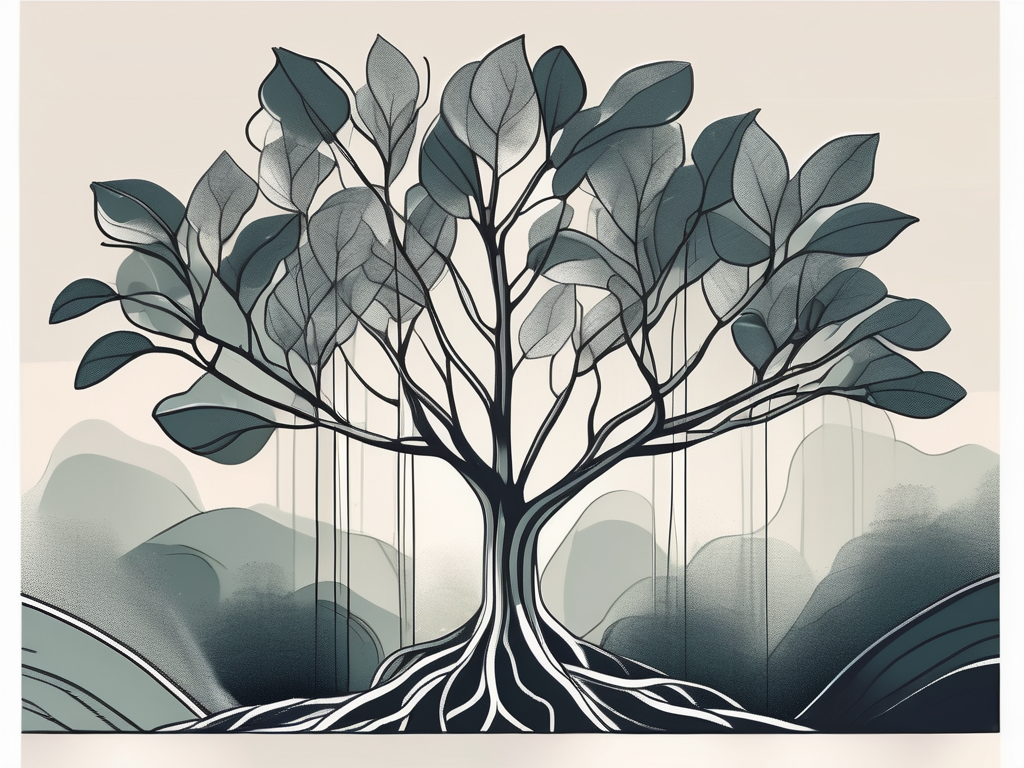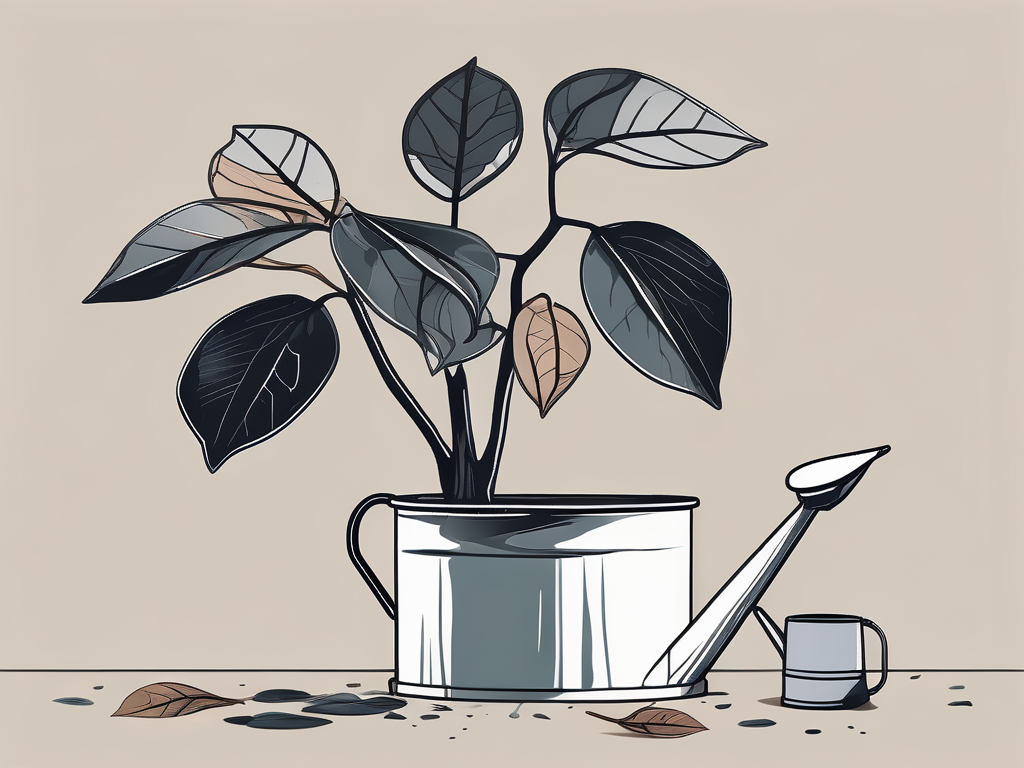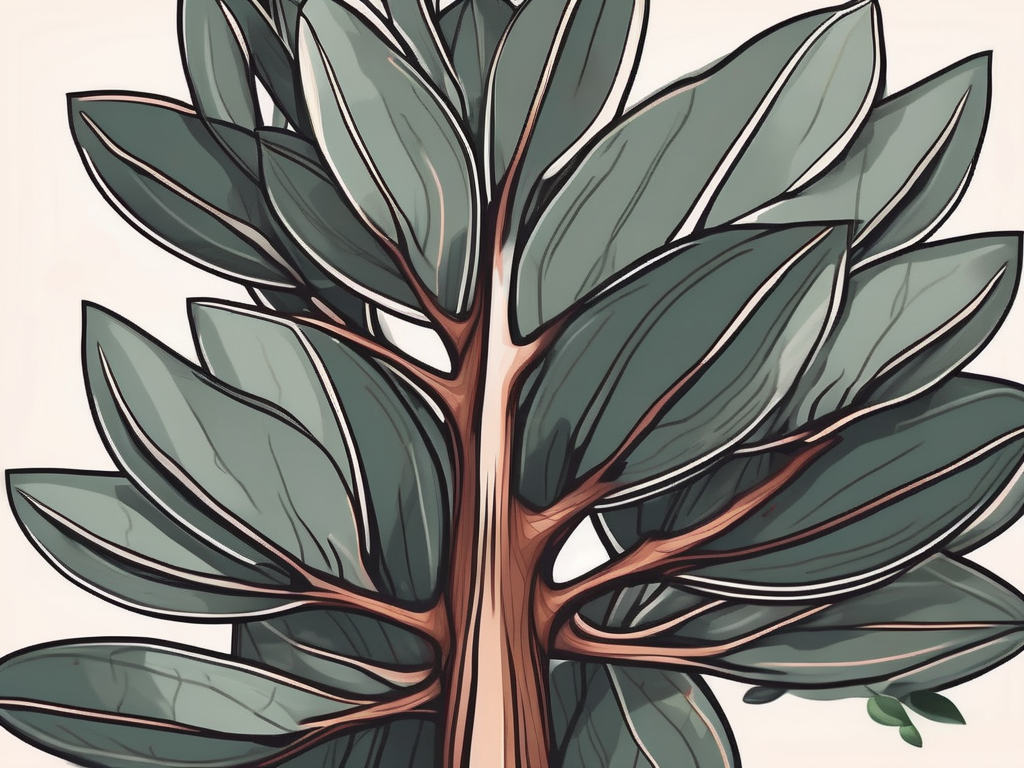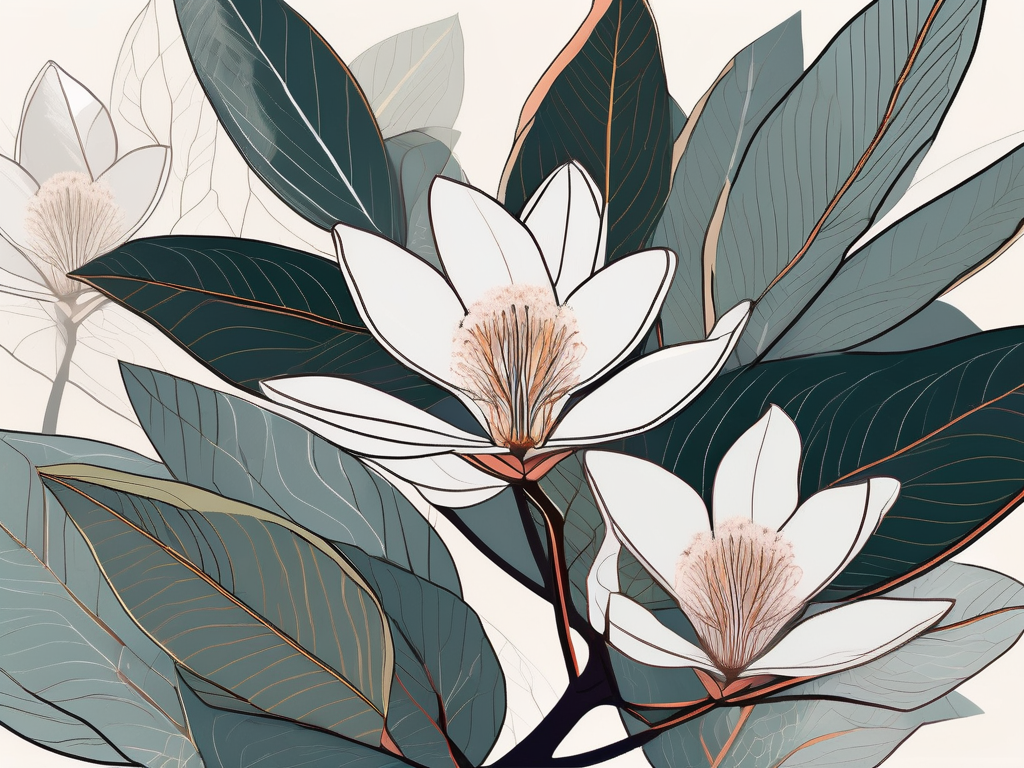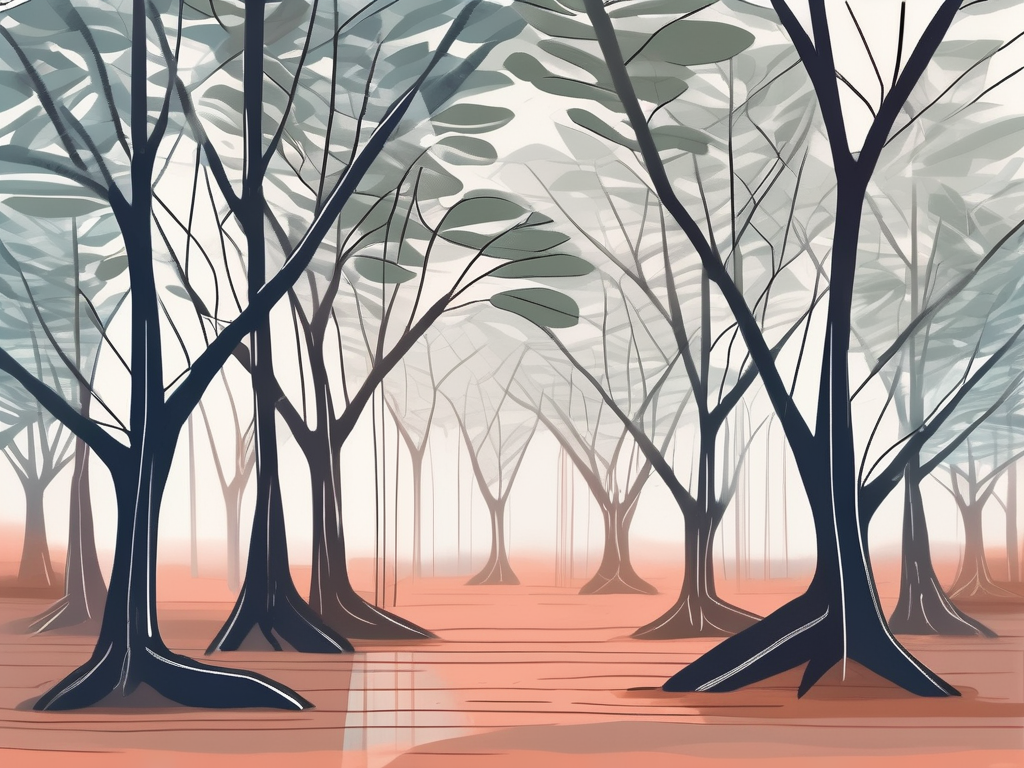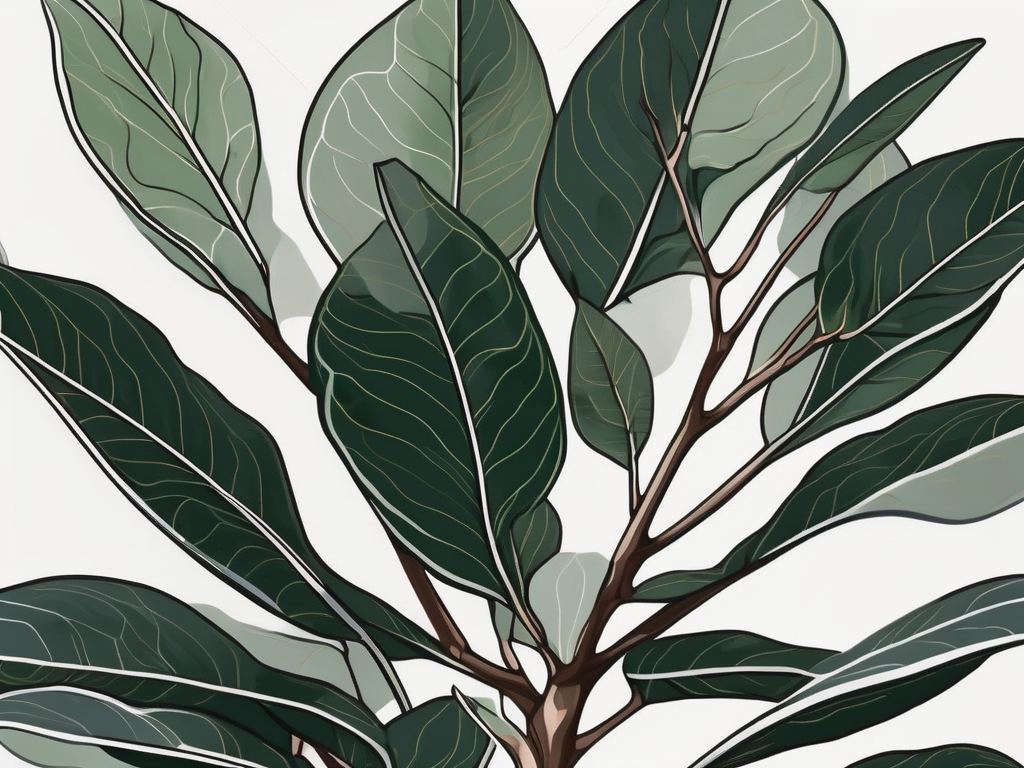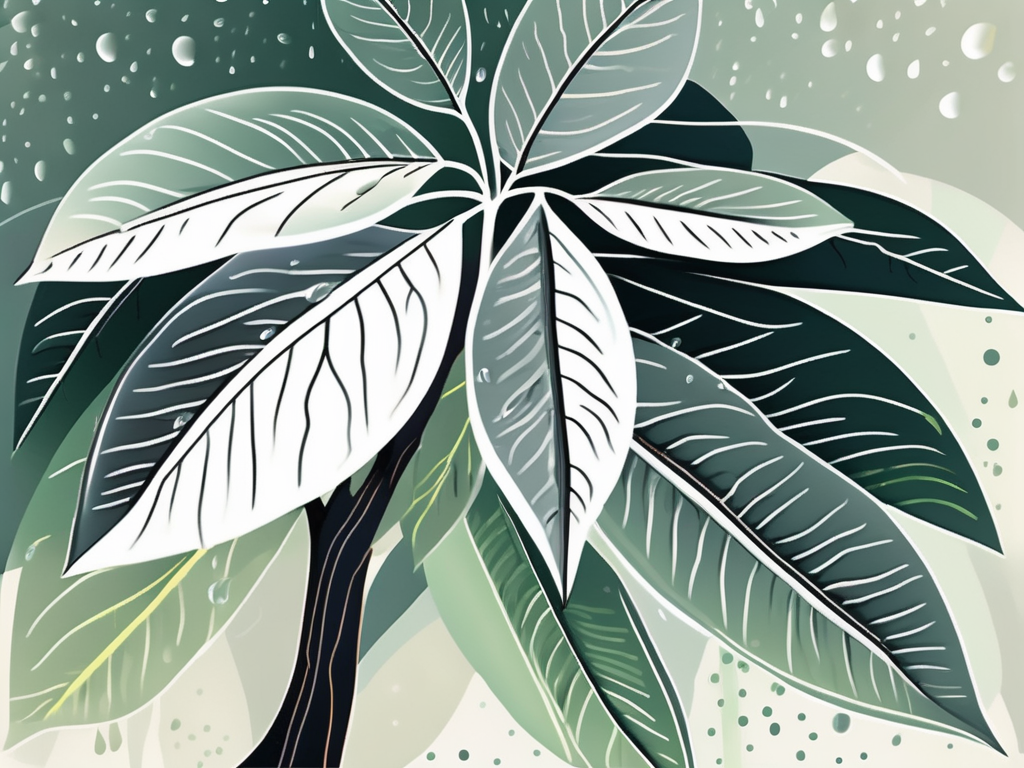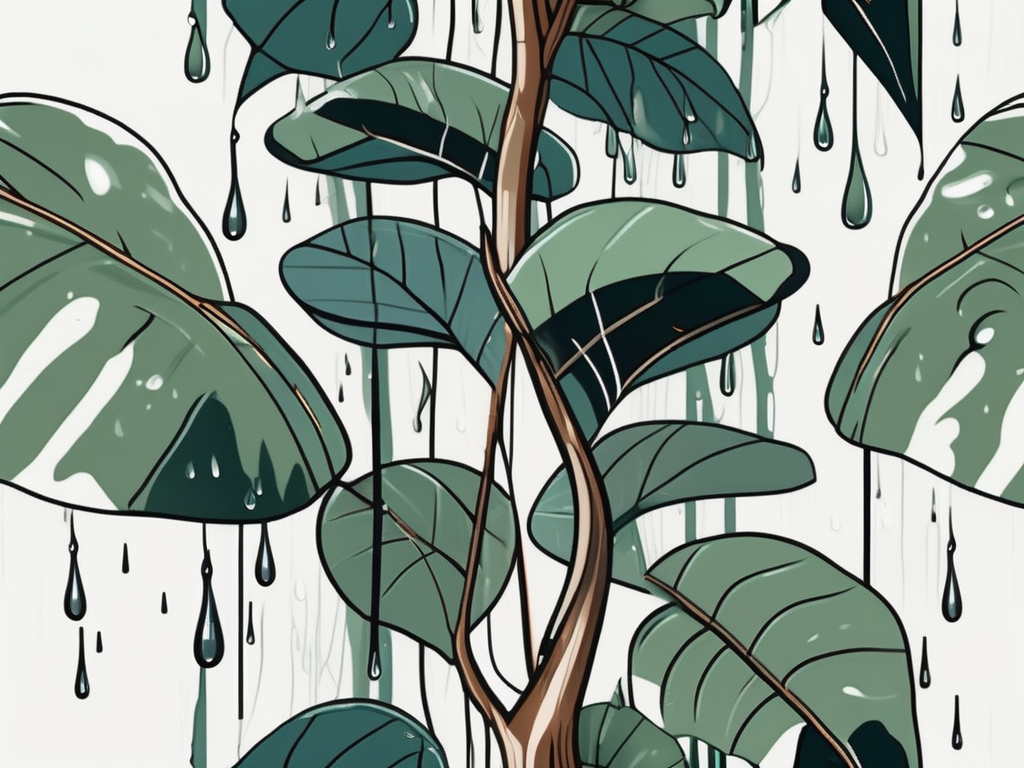
Imagine walking through a dense rainforest, surrounded by towering trees and the sounds of nature humming all around you. One of those majestic trees is the rubber tree, a fascinating species with a rich history and vital ecological role. Known scientifically as Hevea brasiliensis, the rubber tree has been a key player in both the natural environment and human industry.
This article will take you on a journey through the wild world of the rubber tree. We'll investigate its natural habitat, how it contributes to its ecosystem, and the challenges it faces today. Plus, we'll sprinkle in some tips for those who want to bring a piece of this natural wonder into their own homes as a houseplant.
The Natural Habitat of the Rubber Tree
The rubber tree is native to the Amazon rainforest, a vast and diverse ecosystem that spans several South American countries, including Brazil, Peru, Colombia, and parts of Venezuela, Ecuador, and Bolivia. This region is known for its high humidity and consistent rainfall, which creates the perfect conditions for the rubber tree to thrive. In the wild, these trees can grow up to 100 feet tall, with a wide canopy that provides shade and shelter to countless other species.
These towering giants prefer the rich, well-drained soils found in the rainforest. The constant cycle of organic matter decomposing on the forest floor provides the nutrients necessary for these trees to grow and produce the latex that makes them so valuable. Interestingly enough, the rubber tree's ability to produce latex is a defense mechanism, protecting it from pests and diseases. The latex acts as a sticky trap for insects and can also heal wounds caused by environmental damage or herbivores.
In the wild, rubber trees play a crucial role in maintaining the balance of their ecosystem. Their large leaves capture sunlight and help regulate the forest's microclimate, while their root systems stabilize the soil and prevent erosion. The trees also provide food and habitat for various wildlife, from birds and insects to mammals that rely on the forest's resources to survive. This interdependence highlights the importance of rubber trees in the rainforest's complex web of life.
The Ecological Role of Rubber Trees
Rubber trees are more than just a source of latex; they are vital to the health and stability of their native ecosystems. As mentioned earlier, their extensive root systems help prevent soil erosion, which is crucial in a rainforest environment with frequent and heavy rainfall. By anchoring the soil, rubber trees prevent landslides and maintain the integrity of the forest floor.
Another fascinating aspect of rubber trees is their contribution to the water cycle. The trees absorb large amounts of water through their roots and release it back into the atmosphere through a process called transpiration. This process helps maintain humidity levels in the rainforest, creating a stable climate that supports a diverse range of plant and animal species. In this way, rubber trees are a key component in regulating the rainforest's climate and water cycle.
Furthermore, the rubber tree's canopy provides essential shade and shelter for understory plants and animals. This shade helps regulate temperature and moisture levels on the forest floor, creating a hospitable environment for a variety of species. The trees also serve as a food source for numerous animals, including insects that feed on their leaves and birds that consume their seeds. In turn, these animals help pollinate the trees and disperse their seeds, ensuring the rubber tree's continued survival in the wild.
The History of Rubber Tree Exploitation
The story of the rubber tree is closely intertwined with human history, particularly during the late 19th and early 20th centuries when the demand for rubber skyrocketed. The rubber boom, as it was called, transformed the Amazon rainforest into a hub of economic activity, with plantations springing up to meet the global demand for rubber.
Rubber was an essential material for various industries, particularly in the production of tires, hoses, and belts. The industrial revolution further fueled the need for rubber, as it became a vital component in the burgeoning automotive industry. The rubber tree's latex was harvested by tapping into the tree's bark, a process that required skilled labor and careful management to ensure the tree's health and productivity.
However, this exploitation came at a cost. The demand for rubber led to deforestation and environmental degradation in the Amazon, as vast areas of rainforest were cleared to make way for rubber plantations. Additionally, the influx of laborers and the establishment of rubber towns disrupted the lives of indigenous communities, leading to social and cultural upheaval.
Despite these challenges, the rubber tree remains an essential resource today. Advances in cultivation and sustainable harvesting practices have allowed the industry to continue without causing as much environmental harm. However, the legacy of the rubber boom serves as a reminder of the need for responsible and sustainable resource management.
Challenges Facing Rubber Trees Today
While the rubber tree has adapted to its natural environment over millions of years, it now faces new challenges that threaten its survival. One of the most pressing issues is deforestation, driven by agriculture, logging, and infrastructure development. As the rainforest is cleared for these purposes, the rubber tree's natural habitat is destroyed, leading to a decline in wild populations.
Climate change is another significant threat to rubber trees. Changes in temperature and precipitation patterns can disrupt the delicate balance of the rainforest ecosystem, affecting the growth and health of rubber trees. Additionally, increased frequency and intensity of extreme weather events, such as droughts and floods, can further stress these trees and their environment.
Pests and diseases also pose a significant risk to rubber trees, both in the wild and on plantations. Fungal infections, such as South American Leaf Blight, can devastate rubber tree populations if not managed properly. In response, researchers and conservationists are working to develop disease-resistant varieties and implement integrated pest management strategies to protect these vital trees.
Cultivating Rubber Trees as Houseplants
For those who want to enjoy the beauty and benefits of rubber trees in their homes, cultivating them as houseplants is a fantastic option. The most common variety for indoor cultivation is the rubber plant, known scientifically as Ficus elastica. This species is more manageable in size compared to its wild relatives, making it suitable for indoor environments.
Rubber plants are relatively easy to care for, making them an excellent choice for both seasoned plant lovers and beginners. Here are a few tips to help you get started:
- Light: Rubber plants thrive in bright, indirect light. They can tolerate lower light conditions, but their growth may slow down.
- Water: Allow the top inch of soil to dry out between waterings. Overwatering can lead to root rot, so it's essential to let the soil dry slightly between waterings.
- Temperature: Keep your rubber plant in a warm environment, ideally between 65-80°F (18-27°C). Avoid placing it near cold drafts or sudden temperature changes.
- Humidity: While rubber plants can tolerate average indoor humidity, they prefer higher humidity levels. You can increase humidity by misting the leaves or placing a humidity tray nearby.
- Fertilization: Feed your rubber plant with a balanced liquid fertilizer every 4-6 weeks during the growing season (spring and summer).
Designing Interiors with Rubber Plants
Incorporating rubber plants into your home decor can transform your space, adding a touch of nature and elegance. These versatile plants can seamlessly fit into various interior styles, from modern and minimalist to bohemian and rustic. Here are some ideas for using rubber plants in your home:
- Statement Piece: A large rubber plant can serve as a striking focal point in a room. Place it in a decorative pot and position it in a well-lit corner or near a window to draw attention.
- Grouping: Create a lush, indoor jungle by grouping rubber plants with other houseplants. Mix and match different textures and heights for a dynamic display.
- Vertical Gardens: If you're short on space, consider using hanging planters or wall-mounted pots to create a vertical garden. Rubber plants can be trained to grow upward, making them an excellent choice for vertical displays.
- Tabletop Decor: Smaller rubber plants can be placed on tables, shelves, or desks to add a touch of greenery to any space. Use decorative containers to complement your existing decor.
By integrating rubber plants into your home, you not only enhance the aesthetics of your space but also benefit from the plant's air-purifying qualities. Rubber plants are known to remove toxins from the air, promoting a healthier indoor environment.
Rubber Trees and Sustainability
As awareness of environmental issues grows, the demand for sustainable and eco-friendly products has increased. The rubber industry has responded by implementing sustainable practices in cultivation and harvesting. One example is the development of certified sustainable rubber, which ensures that latex is sourced from plantations that adhere to strict environmental and social standards.
Sustainable rubber production focuses on minimizing environmental impact by reducing deforestation, conserving biodiversity, and promoting responsible land use. Additionally, it supports the well-being of workers and local communities by providing fair wages and safe working conditions.
For consumers, choosing products made from sustainable rubber can help support these efforts and contribute to a healthier planet. By being mindful of the environmental impact of our choices, we can help protect the rubber tree's natural habitat and ensure its survival for future generations.
Conservation Efforts for Rubber Trees
Conservationists and researchers are working tirelessly to protect rubber trees and their ecosystems. One approach is the establishment of protected areas and reserves, which help preserve the natural habitat of rubber trees and other wildlife. These areas serve as refuges for endangered species and allow for the natural regeneration of the forest.
Another crucial aspect of conservation is community involvement. Local communities play a vital role in protecting and managing natural resources. By engaging with these communities, conservationists can promote sustainable land use practices and raise awareness about the importance of preserving rubber trees and their ecosystems.
Research and innovation also play a significant role in conservation efforts. Scientists are developing disease-resistant rubber tree varieties and exploring new methods of sustainable cultivation. These advancements can help ensure the long-term survival of rubber trees and the ecosystems they support.
The Future of Rubber Trees
While the challenges facing rubber trees are significant, there is hope for a brighter future. Through conservation efforts, sustainable practices, and increased awareness, we can work towards a world where rubber trees continue to thrive in their natural habitat.
One promising development is the growing interest in agroforestry, a land management approach that integrates trees and agriculture. Agroforestry systems can provide economic benefits while preserving biodiversity and ecosystem services. By incorporating rubber trees into these systems, farmers can diversify their income and reduce their environmental impact.
Ultimately, the future of rubber trees depends on our collective commitment to sustainability and conservation. By making informed choices and supporting efforts to protect these vital trees, we can help ensure their survival for generations to come.
Final Thoughts
The rubber tree is a remarkable species with a rich history and vital ecological role. From its natural habitat in the Amazon rainforest to its journey as a houseplant, the rubber tree continues to captivate and inspire us.
Cafe Planta is here to help you care for your plants and create a beautiful, thriving plant collection in your home. Whether you're an experienced plant parent or just starting out, we're excited to share our love of plants with you. If you have any questions, feel free to email us or reach out on Instagram. Let's connect with nature and each other!













